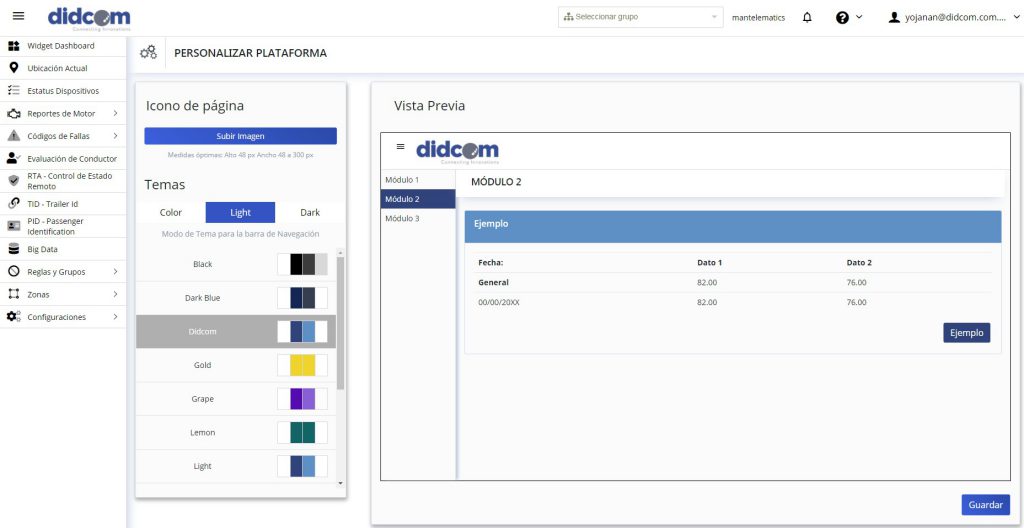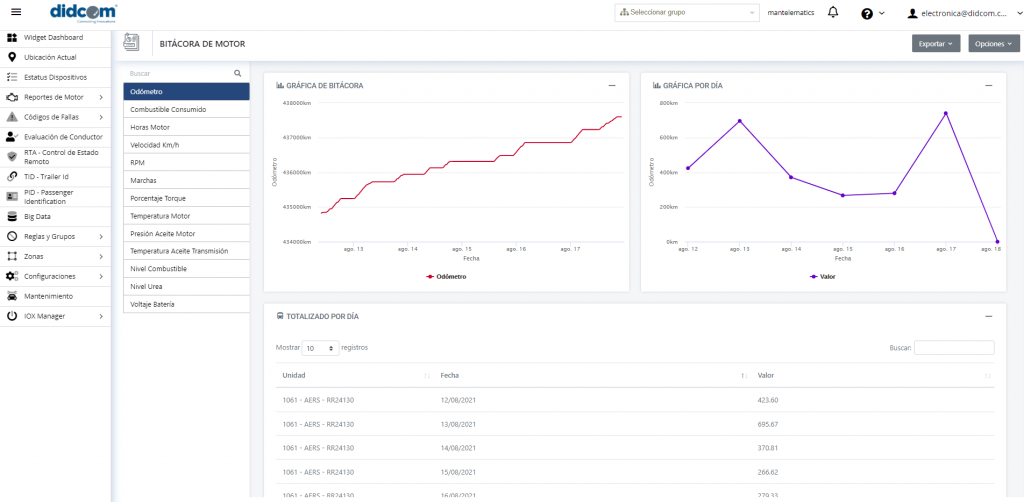Business Intelligence
Big Data and Data Analysis
Modular multiplatform with Big Data technology that facilitates communication, information flow, device management and application functionality.
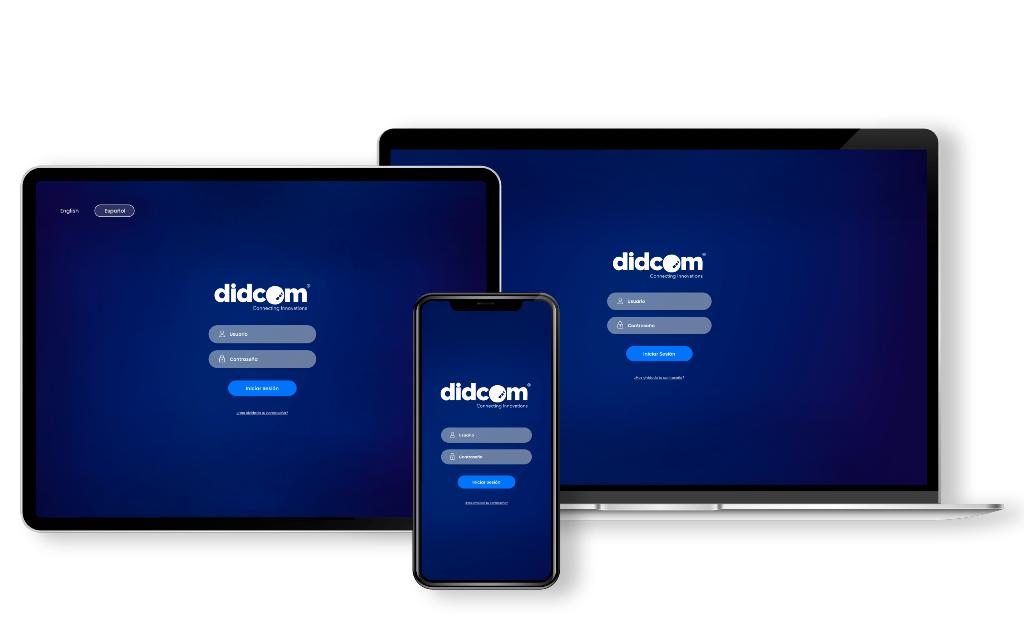
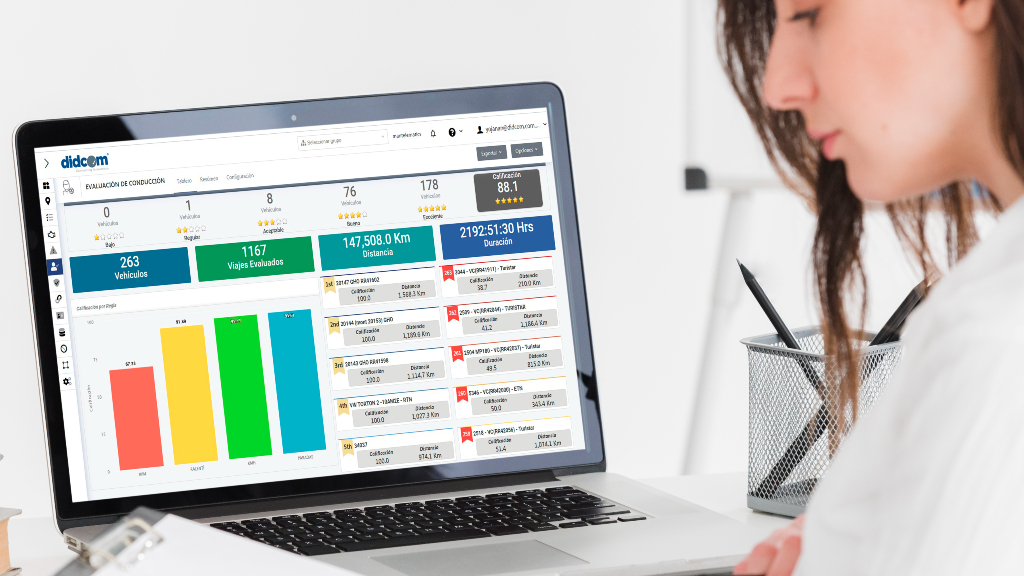
Analyze Millions of Data in a Matter of Seconds
Provides processing power for information analysis applications and services, key points for the development of apps, software and services for the interconnection of devices.
IOT Components
API IOT
Web service to handle BigQuery query and normalize the logic between modules.
IOT Module
Web service to handle BigQuery query and normalize the logic between modules.
IOT Platform
Web application that loads the IOT modules, controls settings, permissions and users.
IOT Loader
Web service dedicated to loading the IOT modules on a third-party platform.
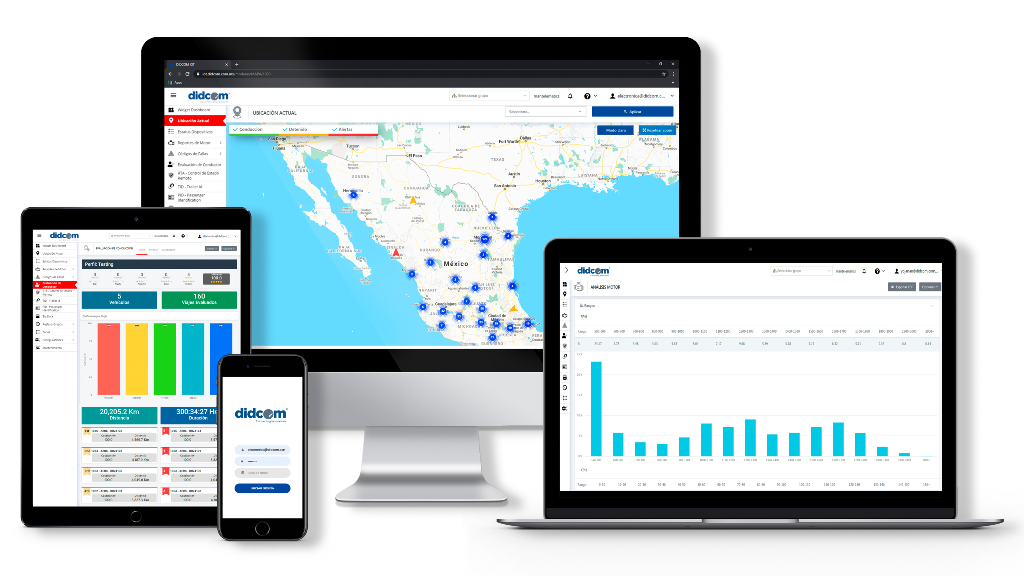
Qualities and advantages
Data Science Technologies
Google BigQuery
Cloud storage for Big Data
Google Data Studio
Creator and viewer of personalized and interactive reports
Google Cloud Functions
Scalable cloud execution of individual modules that can communicate with each other
Google Pub/Sub
Communication system for events for web services, especially for those found within Google Cloud
Google AI Platform
Development, testing and production of Artificial Intelligence and Machine Learning models
Python
Programming language that has standard libraries for the development of Artificial Intelligence and Machine Learning

Didcom IOT works through independent modules, which collect information of vehicles and store it in BigQuery for the analysis and processing of information, making it possible to analyze millions of data in a matter of seconds and providing valuable information through reports or processes implemented through an IOT module.
All the information is ready to be consumed by Machine Learning and Artificial Intelligence tools,facilitating the development of new IOT modules or the expansion of capacity in existing modules, thus providing more complex solutions.
Storing information in BigQuery enables the use of the Data Studio tool to quickly design custom reports based on Big Data.
Storing information in BigQuery enables the use of the Data Studio tool to quickly design custom reports based on Big Data.
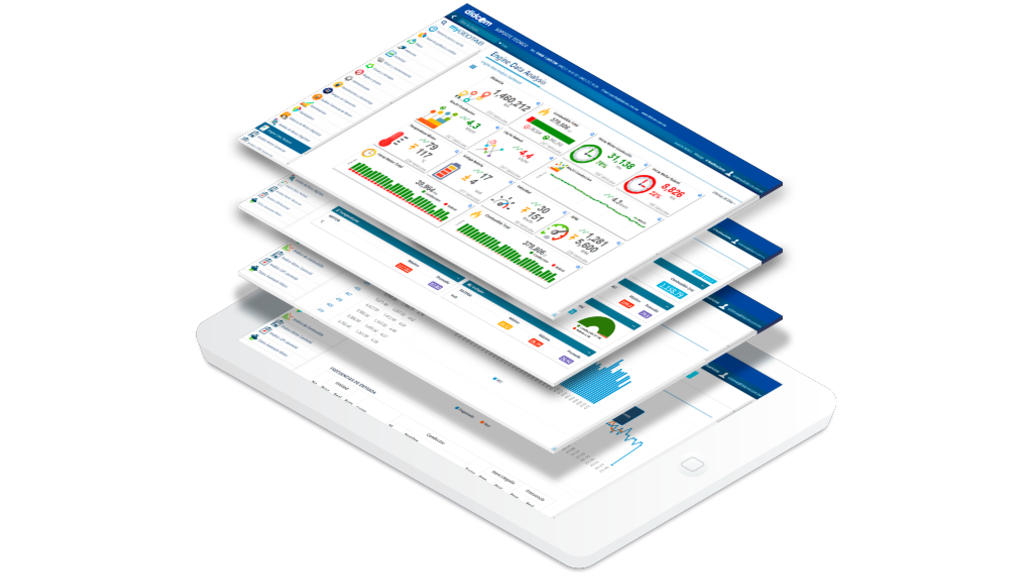
IOT Modules
Widgets
Easy access to frequently used functions for visual information at all times.
Engine
Standardize the presentation of information throughout the fleet and generates the business operational indicators in a uniform manner.
Logs
Punctual records of each monitored parameter and knows the operational behavior of each unit through logs and information graphics.
Analysis
Maximum and average levels of parameters that determine the operational status of the unit and display the information through comparative graphs and histograms.
Totalized
Monthly totalized by unit or fleet to compare the accumulated mileage, fuel, hours, idle and performance of the selected date period.
Operating Ranges
Know the operating ranges of the units and / or groups evaluated, and compare the operating behavior vs the optimal and average ranges, allowing to identify opportunities for improvement for the operation
Performance
Improves fuel efficiency analysis through detailed comparisons of performance obtained by units or drivers over time periods or specific routes.
Summarized
Analyze operational information in a simple and concentrated way in a single report, projecting global behavior by unit or fleet, helping to make timely decisions that present savings for the business.
Fault Codes
Know the engine status and fault diagnosis of the entire vehicle fleet for a maintenance analysis and avoid unnecessary expenses.
Fuel
Implement measures that impact the reduction of fuel consumption through the monitoring of variables related to the operation and bad driving habits.
Refills and Extractions
Detect if the fuel loads are carried out in the allowed places and in the established range, as well as sudden changes in the tank level.
Consumption
Analyze the fuel consumption by unit or fleet, and determine if the result is according to the route, the operation or the predetermined range.
Driver Evaluation
Evaluate multiple driving efficiency indicators to meet the best and worst drivers, allowing it to detect gaps and optimization opportunities that will generate savings for the business.
Maintenance
Detect unforeseen problems early and proactively manage maintenance to improve operational efficiency, avoiding unnecessary expenses for repairs and spare parts.
Remote Status Control
Remotely control certain functionalities to enable or disable (I/O) any accessory or transport device safely, becoming a commercial and operational advantage.
Cold Chain
Supervises and ensures compliance with the cold chain through precise monitoring and control of the ambient temperature ranges in the vehicle, which will allow compliance with operating and business regulations.
Passenger Identification
Monitors and controls the transportation services of employees and students by registering passengers' pick-up and drop-off, providing accurate and real-time information on the use and capacity of the unit.
Driver Identification
Recognize the driver and analyzes distraction and fatigue alerts to minimize the likelihood of accidents.
Facial Recognition
Automatically identify the driver with our facial recognition algorithm and compares with the database to confirm that the driver on board is really the one assigned to the trip.
Fatigue Detection
Detect distractions, drowsiness, yawning, telephone use, tobacco use and automatically warns the driver to avoid accidents.
Trailer Identification
Locate and identify the trailer connected to the tractor quickly and easily to avoid coupling errors, generating a traceability of use and precise logistics.
Exploitation Assistance System (EAS)
The Exploitation Assistance System integrates different technologies to improve the service and management of means of transport in real time to make decisions about the actions of the fleet, allowing to reduce operating costs and operate efficiently.
Punctuality
Compare trips made vs scheduled trips and automatically obtain the level of punctuality and fulfillment of the operation, allowing you to detect failures in logistics and opportunities to improve customer service.
Route Management
Analysis of use and behavior of the operation to make logistical decisions that contribute improvements, efficiency and optimization to the routes.
Route Programming
Operational and automatic control of routes for evaluation and adjustments that improve compliance.
Unenrollment
Substitution or withdrawal of units out of service for the precise programming of routes.
Drivers Registry
List of drivers assigned to routes, as well as individual performance rating.
Frequency and Times
Comparison of programming and compliance with the transport service for adjustments according to demand based on routes, schedules and days of the week.
Cycles
Route analysis to determine operating times and definition of tolerances, punctuality and service compliance.
Maps
Visualize fleet activity and track operational compliance of routes, monitoring the frequency and status of units to identify necessary adjustments and notify drivers.
Routes - Synoptics
Route compliance at a linear level with progress points, specifying frequency and punctuality of the unit for making operational decisions.
Routes - Travels
Route compliance at map level, providing precise positioning of the unit and detailed visualization of the routes.
Driving Efficiency
Analysis of fuel consumption and performance and its relationship with driving habits or mechanical conditions, aimed at generating an overview of the level of efficiency of the operation.
Performance by Route
Evaluation of fuel consumption efficiency per route to determine compliance with established operating ranges.
Driving by Route
Monitoring of driving habits to take care of increases in fuel consumption and protect the engine from inefficient operation.
Tracking of Incidents and Service Failures
Punctual attention to claims and eventualities to have the necessary evidence and support to provide immediate solutions to incidents and service failures.
Operational Dashboards
Real-time monitoring of the operation and business through configurable dashboards to view the status and streamline proactive decision-making that brings efficiency to processes and transparency in results.
Big Data
Turn data into business advantage with smart business models that drive digital transformation in your company.
Extract and analyze the information to turn it into measurable income, cost reductions and work efficiency that allows to prevent service failures, implement improvements in the operation and increase profitability in the business.
More details
Download and view the technical and commercial documents of our solution.
We help you optimize your vehicle fleets
Tell us what you need and we will provide the most appropriate solution

